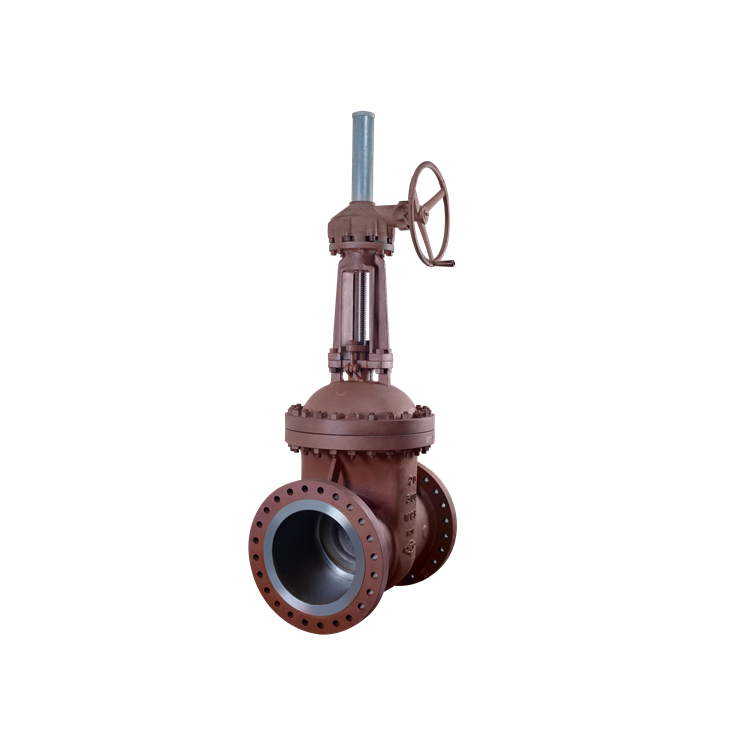copper gate valve
hammond gate valve

API 608 Vs. API 6D: Understanding the Differences in Valve Standards
March 15, 2024 by Brina
Valve standards are documents that outline the requirements for the design, manufacture, and operation of valves. These may differ from country to country as well as within different industries.
Standards are essential for chemical and refinery industries, ensuring valves can be interchanged among manufacturers and designed correctly.

Table of Contents
Toggle
- API 608 Valve Standard
- API 6D Valve Standard
- API 608 Vs. API 6D
API 608 Valve Standard
API 608 is a valve standard that applies to metal flanged, threaded, and welded ball valves. As part of the API family of standards used for oil and gas projects worldwide, API 608 plays an essential role.
API 6D Valve Standard
API 6D is an American Petroleum Institute standard that specifies the design, manufacturing, assembly, and testing of ball, gate, plug and check valves used in pipeline systems for petroleum and natural gas industries. This standard has become globally accepted as the industry standard for pipeline valves.

API 608 Vs. API 6D
- Performance
The API 608 valve standard is a petrochemical industry-specific standard used for high-temperature and high-pressure pipelines. Since these valves often come into contact with flammable or explosive mediums and must remain continuously operational under harsh conditions, strict standards need to be set regarding their sealing, materials, and anticorrosion properties during manufacture.
Furthermore, API 608 valves may also be equipped with features such as blowdown, clearing, overpressure assistance, lubricant injection, and online leak observation. But their primary function is to allow or cut off media entering the pipeline. Since these valves are specifically designed for long-distance pipelines, they tend to be larger in diameter, which makes installation a little more difficult compared to API 6D valves. Furthermore, these valves come pre-installed at the factory before shipping them off-site; this guarantees that there will not be damaged during transport or storage on-site.
- Maintenance
The maintenance requirements of API 608 and API 6D valve standards differ, including a well-designed lubrication system, regular visual inspections, and tests, as well as reliable repair and replacement procedures. Contrasting to the iconic API 608 ball valve, ball valves for API 6D oil and gas pipelines require more effort due to their large diameter and harsh environment; replacing them requires higher safety, reliability, tightness, and strength levels that can withstand the rigors of this industry.
In a nutshell, ball valves in the petrochemical world serve an essential purpose: connecting or cutting off medium flow through pipes. Other functions include discharging media, venting, overpressure relief, and grease injection. What really sets apart the API 6D ball valve is its patented design and innovative material and assembly processes. Particularly, its float-free lubrication system is an engineering feat as well as being both efficient and cost-effective at lubricating complex process lines.
- Design
The design of a valve is critical for its safety and long-term performance. This task requires many steps, as well as an in-depth knowledge of the standards that govern them.
The API 608 standard addresses ball valves with flanged or buttwelding ends, commonly used in pipelines and shutoff applications. It outlines the materials, face-to-face dimensions, and pressure-temperature ratings, as well as examination, inspection, and test methods for these valves.
The API 6D standard applies to ball valves used in long-distance pipelines with large diameters, making them harder to install and requiring regular maintenance for safety.
- Installation
API 6D valves typically operate in extreme temperatures and pressures, necessitating more stringent inspection and testing requirements than their API 608 counterparts. As a result, industrial valve companies must subject these valves to longer pressure durations, more test items, and more complex operating procedures than their API 608 counterparts.
Additionally, some of these valves are designed with an additional function of draining and venting that requires their seats to withstand full pressure differences outside and isolate upstream and downstream fluids. These requirements can be found in API 6D standards as well as MSS and ISO standards.
Xintai Valve is a trusted and leading global manufacturer of industrial valve products, boasting six ranges and thousands of varieties. Their customers trust them for providing superior casting ball, gate, globe, check, and wedge valves for various applications.